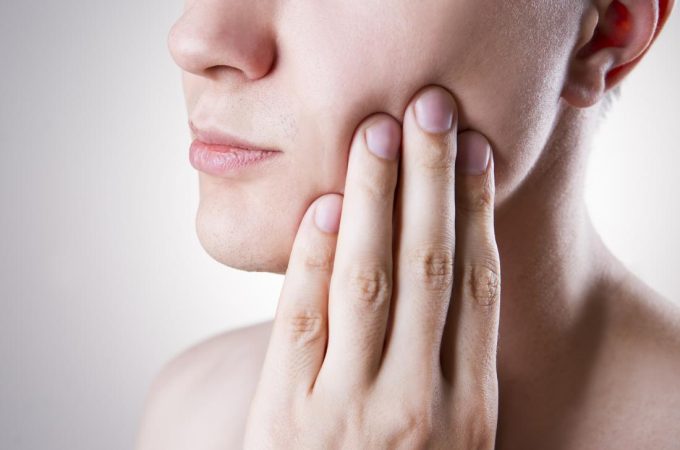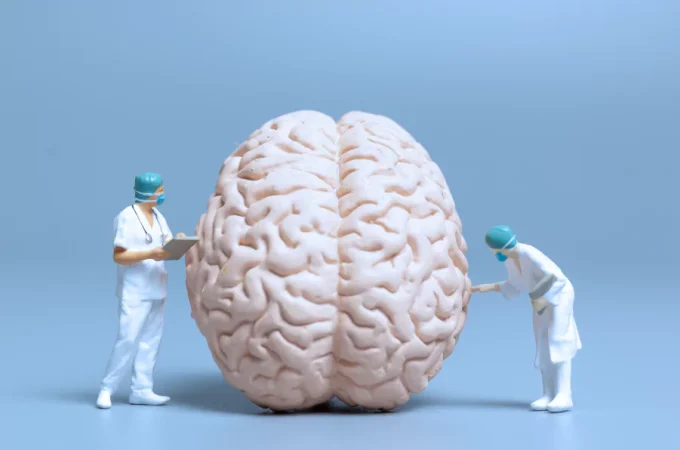
Hip Joint Pain: Restoring Your Functional Ability and Mobility
Hip joint pain often results from an injury or abnormal joint stress. It can be caused by arthritis, repeated motions, trauma, and obesity. It can limit your ability to function and take part in everyday activities. Fortunately, Progressive Spine & Sports Medicine can treat hip joint pain with a combination of approaches, helping patients avoid surgery.
What Causes Hip Joint Pain?
Hip joint pain can be caused by different factors including muscle weakness, arthritis, impingement, and obesity. A physical therapist can treat these factors to restore your functional ability. Hip joint issues include arthritic changes, labral tears, hip capsular tightness, and hip impingement syndrome. Labral tears develop due to repetitive use activities such as golf or running and traumatic injuries. Arthritic changes happen when previous trauma, obesity, or genetic predisposition leads to early body surface wear.
Moreover, hip impingement syndrome occurs due to too much friction that results from the rubbing of the femur and the socket against each other. Usually, hip capsular tightness takes place as a secondary pathology to arthritis, muscle weakness, obesity impingement, and abnormal stress.
Hip Joint Pain Symptoms
Often, hip pain occurs in the hip’s front part with potential radiating pain to your groin region. It can be dull or sharp pain, depending on the kind of injury you sustained. Hip pain can make it quite uncomfortable to walk, run, squat, or even sit. This pain may occur when you lean over or pick up something from the floor. Also, you may feel this pain after sitting or lying for a long time or when you cross your legs while seated.
Physical Therapy for Hip Joint Pain
A physical therapist will perform an initial evaluation of your condition. Then, they will begin the treatment, focusing on getting rid of abnormal stress that results from muscle imbalances and changed gait or joint mechanics. Also, the treatment is meant to reduce your pain, so your functional ability is restored. Manual therapy helps restore your joint mechanics as well as muscle tone and function. Certain exercises will be recommended to support and sustain your hip’s newly restored function.
In addition, your therapist may use trigger point dry needling to support manual therapy. Typically, recovery takes three to four weeks with detailed treatments concentrating on education.
Often, hip joint issues are treated with physical therapy first. Stretching and range of motion exercises combined with gentle joint hand distraction can restore your mobility. After you notice an improvement in your movement, your therapist will recommend strengthening exercises to restore good hip muscle balance.





